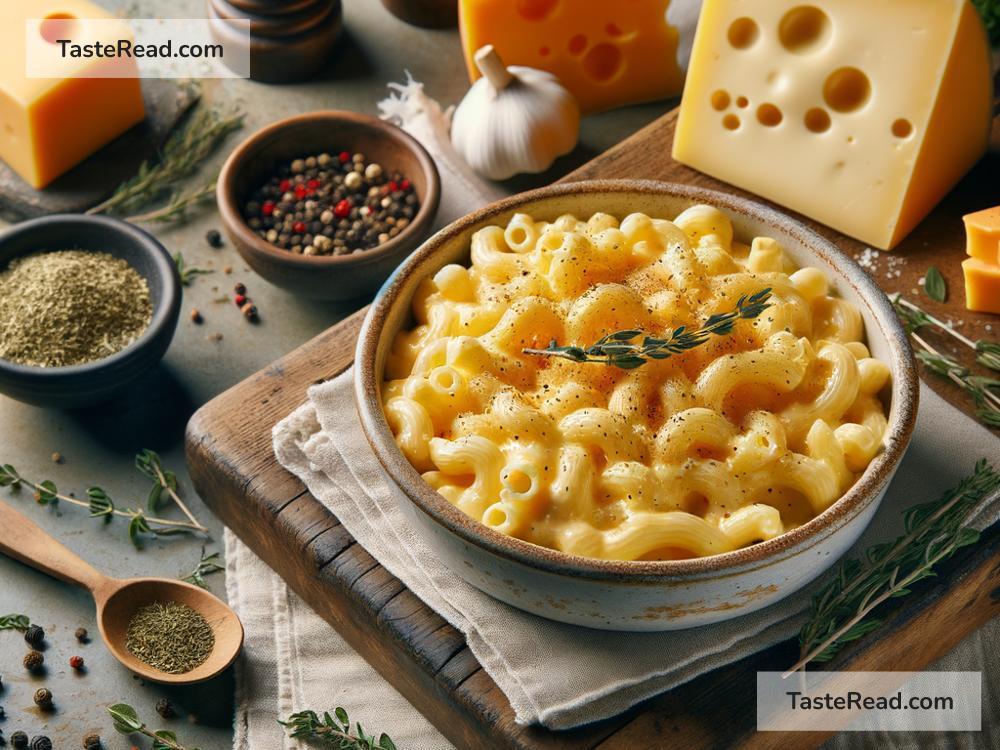Discover the Magic of Cooking with Old Cheese for Flavorful Dishes
Cooking is like painting, but instead of colors, we use flavors to create a masterpiece. And in the palette of culinary arts, old cheese is a vibrant shade that can transform a simple meal into a gastronomical delight. The beauty of cooking with old cheese lies in its ability to add a depth of flavor and a unique twist to your dishes.
What is Old Cheese?
First things first, when we talk about old cheese, we’re referring to cheese that has been aged longer than usual. This aging process allows the cheese to develop a stronger, more pronounced flavor and, in some cases, a crumblier texture. Examples include Parmesan, aged cheddar, Gouda, and many more. Each of these cheeses brings its distinct taste and character, promising to elevate your cooking to the next level.
Why Cook with Old Cheese?
The magic of old cheese lies in its concentrated flavors. As cheese ages, moisture evaporates, and what’s left behind is a richer, more intense flavor than its younger counterpart. This makes old cheese perfect for adding a burst of savory goodness to any dish. From pasta and risotto to soups and salads, a touch of aged cheese can turn a simple recipe into a memorable meal.
How to Use Old Cheese in Cooking
Incorporating old cheese into your meals isn’t as daunting as it might seem. Here are some simple yet effective ways to start:
-
Sprinkle Over Dishes: Finely grate your old cheese and sprinkle it over hot dishes like pasta, risotto, or even roasted vegetables. The heat will help melt the cheese slightly, allowing its flavors to meld beautifully with your meal.
-
Make a Flavorful Sauce: Old cheeses are ideal for creating rich and creamy sauces. Whether it’s a classic cheese sauce for your mac and cheese or a sophisticated Parmesan cream for your pasta, the intense flavors of the cheese will steal the show.
-
Bake into Breads or Pastries: Incorporate grated or crumbled old cheese into your dough before baking. This method works great for making savory bread, scones, or even cheese crackers. The result is a baked treat that’s packed with umami and a delightful cheese aroma.
-
Incorporate into Soups and Stews: A little bit of grated old cheese can transform your liquid dishes. Stir some into your soups or stews just before serving, and watch as it adds a new layer of richness and complexity.
-
As a Finishing Touch: Sometimes, all a dish needs is a final sprinkle of old cheese before it hits the table. This works especially well with salads, where the saltiness and sharpness of the cheese can bring balance to the freshness of the greens.
Tips for Cooking with Old Cheese
- Grate or Crumble Before Using: Most old cheeses have a hard texture, making them difficult to melt. Grating or crumbling them finely helps them to incorporate better into your dishes.
- Use Sparingly: Due to its strong flavor, a little old cheese goes a long way. Start with a small amount and adjust according to taste.
- Pair Wisely: Consider the other flavors in your dish. Strong, aged cheeses pair well with ingredients that can stand up to or complement their intensity, such as garlic, wine, or hearty meats.
- Storage Matters: Keep your aged cheese wrapped in parchment paper and stored in the refrigerator. Proper storage helps maintain its flavor and texture.
The Joy of Experimentation
One of the greatest joys of cooking with old cheese is the endless possibilities it presents. Each variety of cheese offers something unique, encouraging you to experiment and explore new combinations. Whether you’re a seasoned chef or a home cook, the inclusion of old cheese in your culinary repertoire will surely bring excitement and depth to your dishes.
Embrace the bold flavors of aged cheese and let them inspire your next culinary creation. With a bit of creativity and a love for rich, savory tastes, cooking with old cheese can transform the ordinary into something extraordinary. Happy cooking!


